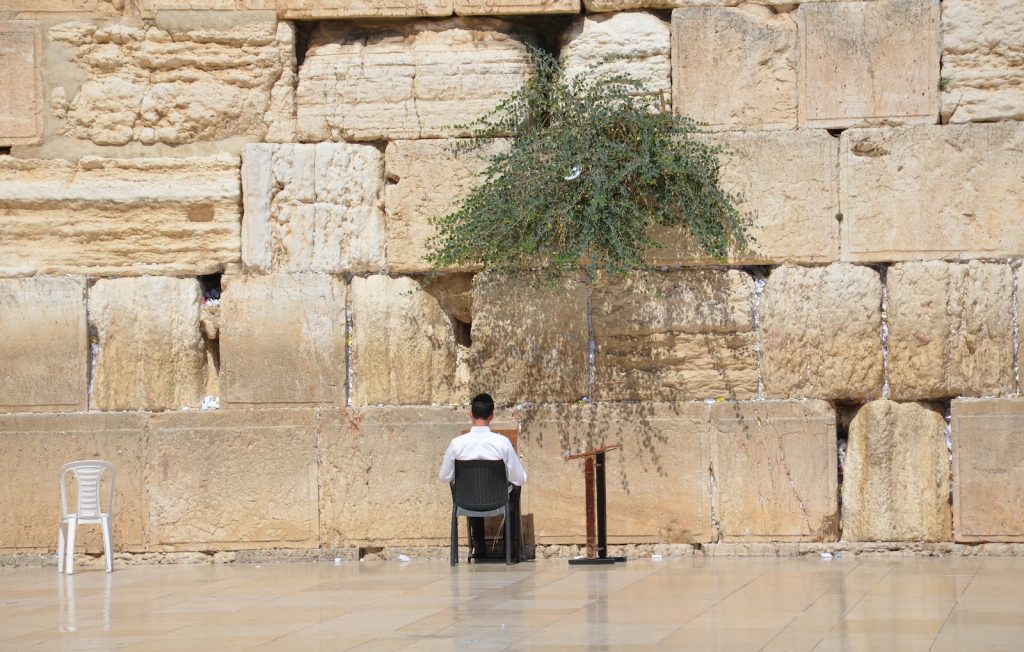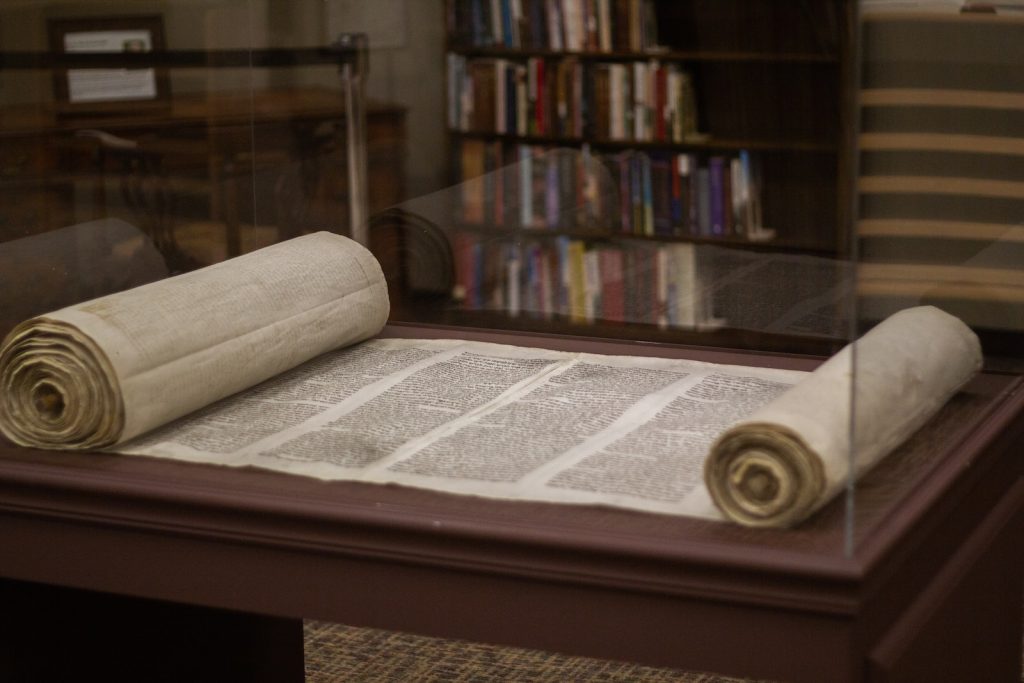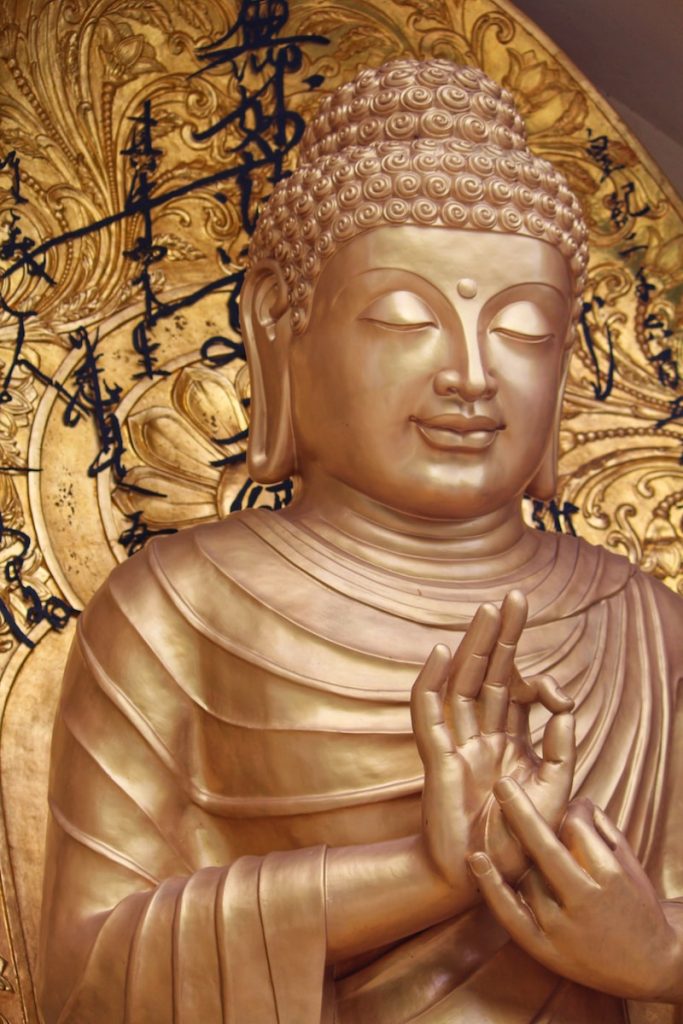Finger and hand movements are an integral part of Christian worship. They are often used by clergy and congregants to express reverence, devotion, and prayer. However, there is some confusion about whether these movements should be referred to as finger or hand movements. Some people believe that finger movements are a distinct form of gesture, while others argue that hand movements encompass all gestures made with the hands, including those made with the fingers.

One reason for the confusion is that different Christian traditions use different terminology to describe these movements. For example, in Eastern Orthodox Christianity, finger movements are known as “mudras,” while in Catholicism, they are referred to as “signs of the cross.” However, there is no consensus on whether these movements should be considered finger or hand gestures. Some scholars argue that the distinction is not important, as both types of gestures are used to convey spiritual meaning and devotion.
Despite the lack of consensus, finger and hand movements remain an important part of Christian worship. They are used to express a wide range of emotions and beliefs, from reverence and awe to supplication and gratitude. Whether they are referred to as finger or hand movements, they serve as a powerful reminder of the role that physical gestures play in religious practice.
Historical Context

Early Christian Gestures
In the early Christian church, there were several gestures that were used during worship. These gestures were symbolic and were meant to convey specific meanings to the congregation. One of the most common gestures was the sign of the cross, which was made by touching the forehead, chest, left shoulder, and right shoulder in succession. This gesture was meant to symbolize the crucifixion of Jesus and the redemption of humanity through his sacrifice.
Another gesture that was commonly used was the lifting of hands in prayer. This gesture was meant to symbolize the lifting of one’s heart and soul to God. It was also used as a sign of surrender and submission to God’s will. In some cases, the hands were lifted with the palms facing up, which was meant to symbolize receiving God’s blessings.
Development of Liturgical Movements
As Christianity developed and became more organized, liturgical movements began to emerge. These movements were choreographed and were meant to be performed in unison by the congregation. One of the most well-known liturgical movements is the sign of peace, which involves shaking hands or embracing those around you as a sign of reconciliation and forgiveness.
Another liturgical movement is the use of incense, which is meant to symbolize the prayers of the faithful rising up to heaven. The use of candles is also common in liturgical movements, and these are meant to symbolize the light of Christ shining in the darkness.
Overall, gestures and movements have played an important role in Christian worship throughout history. These gestures and movements are meant to convey specific meanings and to help the congregation connect with God on a deeper level.
Theological Significance

Biblical References to Hand Movements
The Bible contains several references to hand gestures that have theological significance. For example, in the book of Exodus, Moses stretches out his hand over the Red Sea and the waters part, allowing the Israelites to escape from the pursuing Egyptians. This gesture is seen as a symbol of God’s power and his ability to deliver his people from danger.
In the New Testament, Jesus often used hand gestures to perform miracles and heal the sick. For example, he touched the eyes of a blind man and restored his sight (Mark 8:22-25). This gesture is seen as a symbol of Jesus’ compassion and his power to heal both physically and spiritually.
Symbolism of Gestures in Worship
In Christian worship, hand gestures are often used to express devotion, reverence, and praise. For example, the sign of the cross is made by touching the forehead, heart, and shoulders, and is seen as a symbol of the Trinity and the sacrifice of Jesus on the cross. Another common gesture is the raising of hands in praise, which is seen as a sign of surrender to God’s will and an expression of joy and thanksgiving.
Hand gestures are also used in liturgical dance, which is a form of worship that combines movement and music. In this form of worship, hand gestures are used to express the meaning of the music and the lyrics, and to create a sense of unity and harmony among the worshipers.
Overall, hand gestures and movements play an important role in Christian worship and theology, and are seen as a way to express devotion, reverence, and praise to God.
Common Christian Gestures

Christianity has a rich history of using physical gestures to express faith, devotion, and reverence. These gestures vary widely depending on the denomination, tradition, and culture. Here are some common Christian gestures:
Sign of the Cross
The Sign of the Cross is a gesture that involves tracing a cross on the body, typically from forehead to chest and then from left shoulder to right shoulder. This gesture is used by Catholics, Orthodox Christians, and some Protestants. It is usually accompanied by the words “In the name of the Father, and of the Son, and of the Holy Spirit.” The Sign of the Cross is a symbol of the Trinity and a reminder of Christ’s sacrifice on the cross.
Raising Hands in Prayer
Raising hands in prayer is a gesture that is used by many Christians, especially in charismatic and Pentecostal churches. This gesture is a sign of surrender, worship, and openness to the Holy Spirit. It is often accompanied by singing, clapping, or speaking in tongues. Raising hands in prayer is also a way to physically express the desire for God’s blessing and guidance.
Laying on of Hands
Laying on of Hands is a gesture that involves placing hands on a person’s head, shoulders, or other body part, usually while praying. This gesture is used by many Christians, especially in the context of healing, ordination, and commissioning. It is a sign of blessing, empowerment, and impartation of the Holy Spirit. Laying on of Hands is also a way to show solidarity, support, and care for the person being prayed for.
In conclusion, Christian gestures are an important part of worship, prayer, and spiritual life. They are a way to express faith, devotion, and reverence in a physical and tangible way. While these gestures may vary depending on the denomination, tradition, and culture, they all serve to deepen the relationship between the believer and God.
Liturgical Practices

Liturgical practices are an important aspect of Christian worship and involve various gestures and movements. These practices vary across different denominations and regions. In this section, we will explore some of the common liturgical practices in Catholic, Protestant, and Orthodox traditions.
Catholic Traditions
Catholic liturgical practices involve a wide range of gestures and movements, including standing, kneeling, and sitting at various points during the Mass. The Sign of the Cross, the bowing of the head during the Creed, and the elevation of the Host and Chalice during the Eucharistic Prayer are some of the most common gestures in Catholic worship.
Other gestures include the use of incense, the ringing of bells, and the kissing of the altar. These gestures are intended to help the faithful enter into a deeper sense of reverence and awe during the liturgy.
Protestant Observances
Protestant liturgical practices vary widely depending on the denomination and region. Some Protestant churches have very formal liturgies, while others have more informal services. In general, Protestant worship tends to be less focused on specific gestures and more focused on the spoken word.
However, some Protestant churches do have specific liturgical practices, such as the use of the Sign of the Cross, the lighting of candles, and the use of incense. These practices are often used to help create a sense of reverence and awe during the service.
Orthodox Rituals
Orthodox liturgical practices are highly formalized and involve a wide range of gestures and movements. The use of icons, the lighting of candles, and the use of incense are all important aspects of Orthodox worship.
During the liturgy, the faithful stand for long periods of time and make numerous gestures, including crossing themselves, bowing, and kissing the icons. These gestures are intended to help the faithful enter into a deeper sense of reverence and awe during the liturgy.
In conclusion, liturgical practices are an important aspect of Christian worship and involve a wide range of gestures and movements. These practices vary across different denominations and regions, but they all serve to help the faithful enter into a deeper sense of reverence and awe during the liturgy.
Contemporary Usage

In contemporary Christianity, finger and hand movements are used in various ways, both in liturgical and non-liturgical settings.
Charismatic Movements
Charismatic movements within Christianity often incorporate hand and finger movements into worship. These movements are typically spontaneous and expressive, and are believed to be guided by the Holy Spirit. Examples of these movements include raising hands in praise, clapping, and swaying to music.
Non-liturgical Expressions
In non-liturgical settings, finger and hand movements are often used as expressions of personal piety or devotion. For example, some Christians use the sign of the cross to mark themselves with the symbol of Christ’s sacrifice. Others may fold their hands in prayer or bow their heads in reverence.
Overall, the use of finger and hand movements in contemporary Christianity is diverse and varies depending on the individual, denomination, and context. While some movements may have specific meanings or symbolism, others may simply be personal expressions of faith.
Cultural Variations

Christianity is a diverse religion with many cultural variations. This is reflected in the way that hand and finger movements are used in different churches. In Western churches, hand movements are used more often than finger movements, whereas in Eastern churches, finger movements are more common.
Western Churches
In Western churches, hand movements are often used to make the sign of the cross. This involves touching the forehead, chest, and shoulders in a specific order, while saying “In the name of the Father, and of the Son, and of the Holy Spirit.” Hand movements are also used during prayer, with the hands held together in a specific way. In some churches, hand movements are used during hymns and other parts of the service.
Eastern Churches
In Eastern churches, finger movements are more common than hand movements. This is particularly true in the Orthodox Church, where the fingers are used to make specific gestures during prayer. For example, the thumb and first two fingers are held together to represent the Holy Trinity, while the other two fingers are folded down to represent the two natures of Christ. Finger movements are also used during the sign of the cross, with the fingers held in a specific way.
Overall, hand and finger movements are an important part of Christian worship. While there are cultural variations in the way that these movements are used, they all serve to enhance the spiritual experience of the worshipper.
Educational Aspects

Catechism and Instruction
In Christianity, finger and hand movements are often used as a form of prayer and worship. These movements are typically guided by the teachings of the church and are used to express reverence, gratitude, and other spiritual emotions. The catechism is an important tool for teaching these movements to new members of the faith.
The catechism is a series of questions and answers that are used to teach the fundamental beliefs of the church. It is often used as a tool for instruction and is an important part of the educational aspects of Christianity. Many catechisms include instructions on how to use finger and hand movements during prayer and worship.
Confirmation and Ordination Rites
Confirmation and ordination rites are important milestones in the life of a Christian. During these rites, individuals are confirmed or ordained into the church and are given a deeper understanding of the faith. Finger and hand movements are often used during these rites as a way of expressing spiritual emotions and as a form of worship.
During confirmation, individuals are confirmed as members of the church and are given the Holy Spirit. Finger and hand movements are often used during the confirmation ceremony as a way of expressing gratitude and reverence for this gift. Similarly, during ordination, individuals are ordained as ministers of the church and are given the authority to perform religious duties. Finger and hand movements are often used during the ordination ceremony as a way of expressing humility and reverence for this responsibility.
Overall, finger and hand movements are an important part of the educational aspects of Christianity. They are used as a form of prayer and worship and are often guided by the teachings of the church. The catechism and confirmation and ordination rites are important tools for teaching these movements to new members of the faith.
Criticism and Reform

Reformation Perspectives
During the Protestant Reformation, many reformers criticized the Catholic Church’s use of hand gestures and other physical movements in worship. They believed that these practices were not biblical and were unnecessary for true worship. Martin Luther, for example, wrote that “the external gestures and movements of the body are not necessary for prayer” (Luther’s Works, vol. 43, p. 19).
As a result, many Protestant churches eliminated or greatly reduced the use of hand gestures and other physical movements in worship. Instead, they emphasized the importance of internal devotion and spiritual discipline. This shift in emphasis helped to shape many of the distinctive features of Protestant worship, such as the focus on preaching and the use of hymns.
Modern Critiques
In modern times, some Christians have criticized the use of hand gestures and other physical movements in worship as being too “charismatic” or “emotional.” They argue that these practices can distract from the true purpose of worship and can lead to a focus on outward appearances rather than inner devotion.
Others, however, see these practices as an important part of worship and spiritual expression. They argue that physical movements can help to deepen one’s connection with God and can enhance the overall worship experience.
Overall, the use of hand gestures and other physical movements in Christianity has been a subject of debate and reform throughout history. While some have criticized these practices as being unnecessary or distracting, others have seen them as an important part of worship and spiritual expression.
Dr. Harlan Kilstein is a certified yoga teacher, hypnotherapist, and a teacher of the Law of Attraction since 1975.
After an immersion in yoga and his certification by the Yoga Alliance, he began studying mudras and invented Finger Healing.




